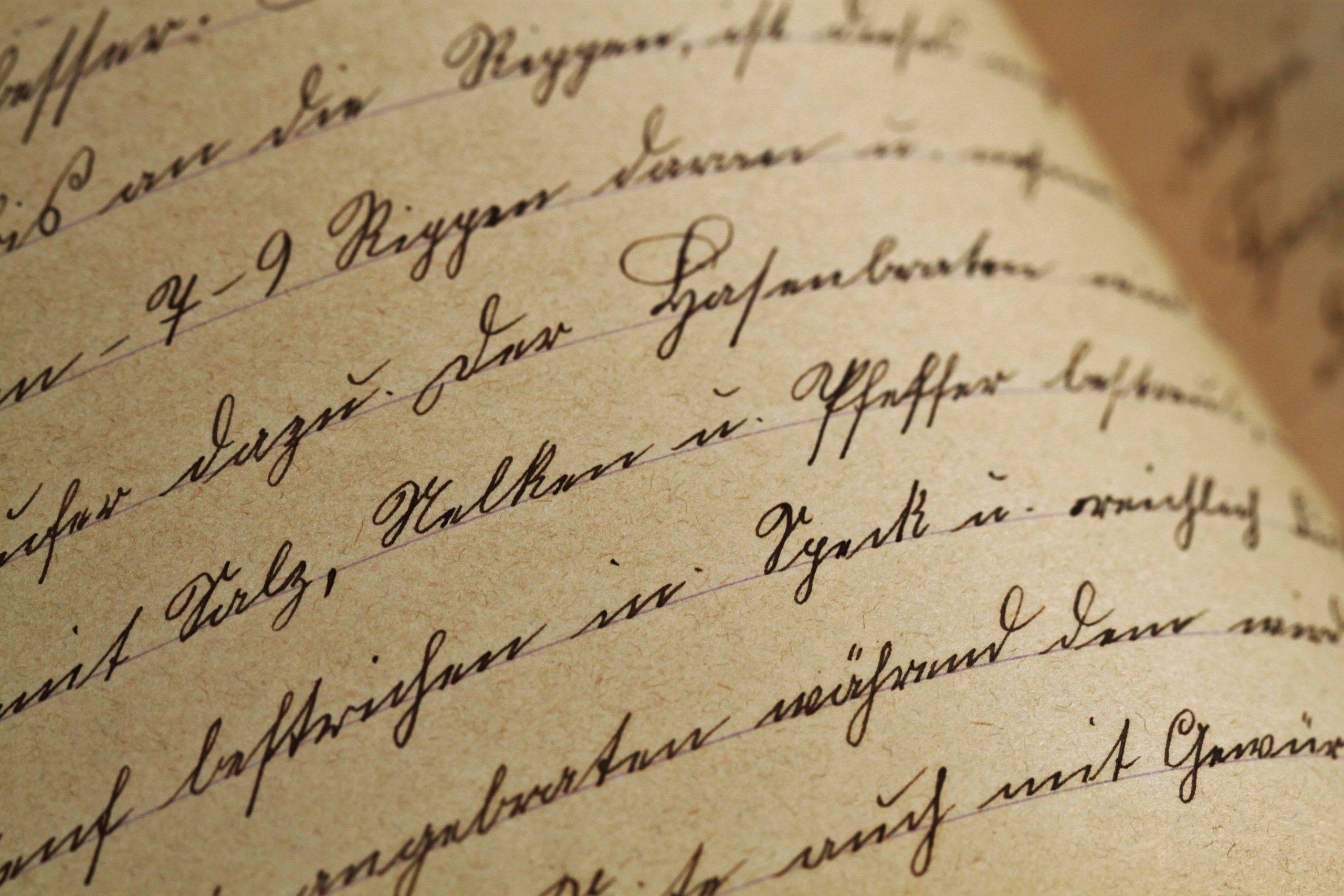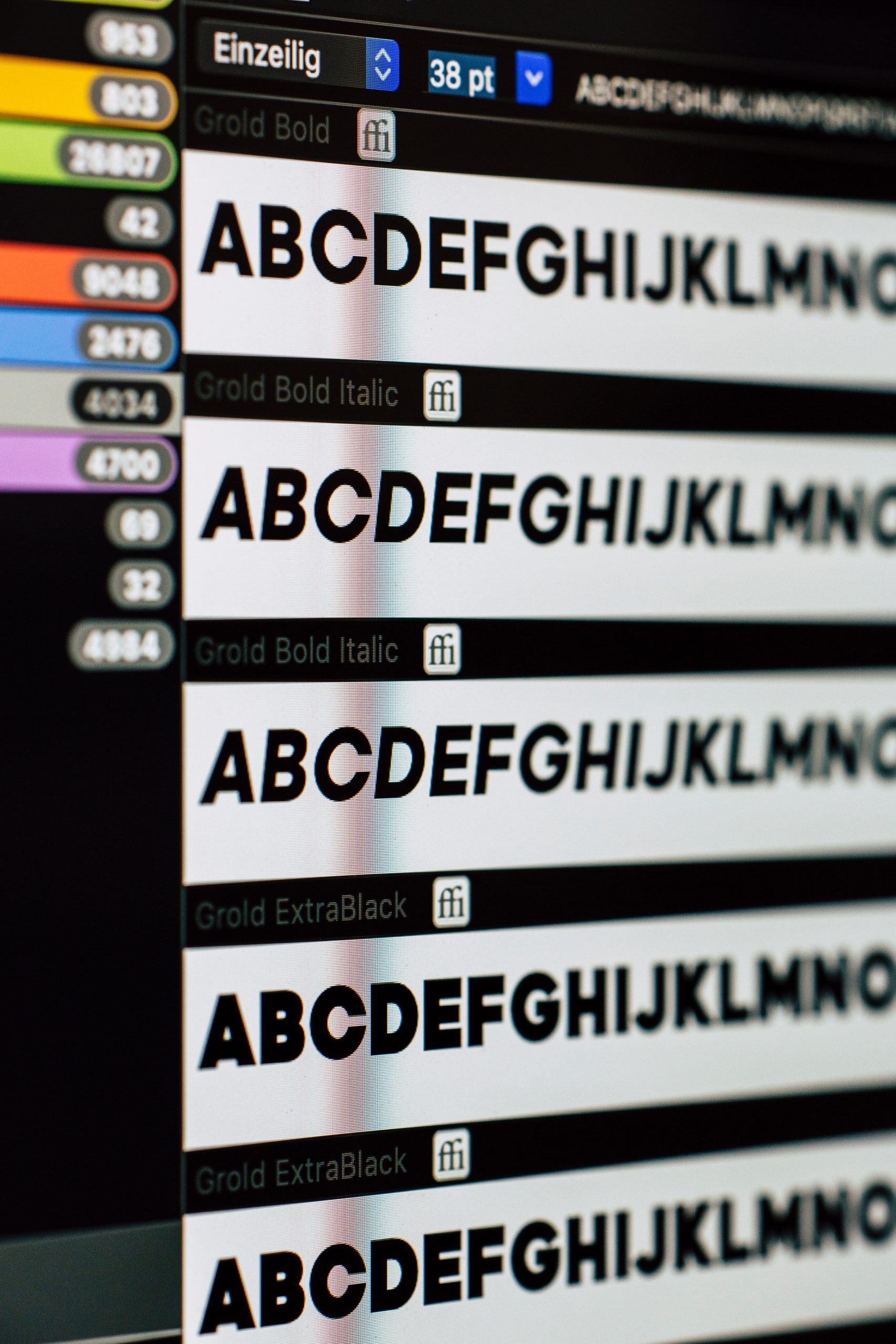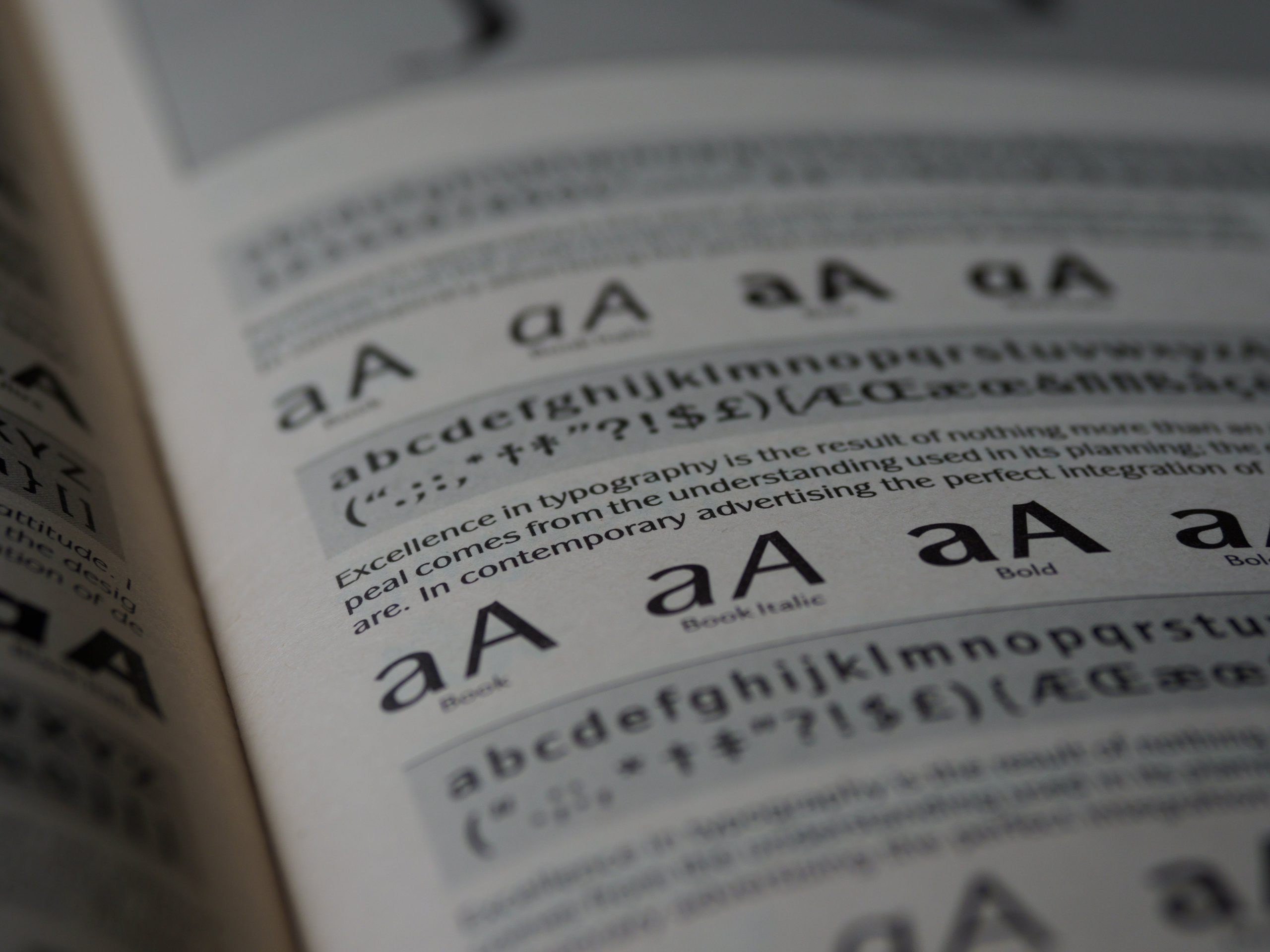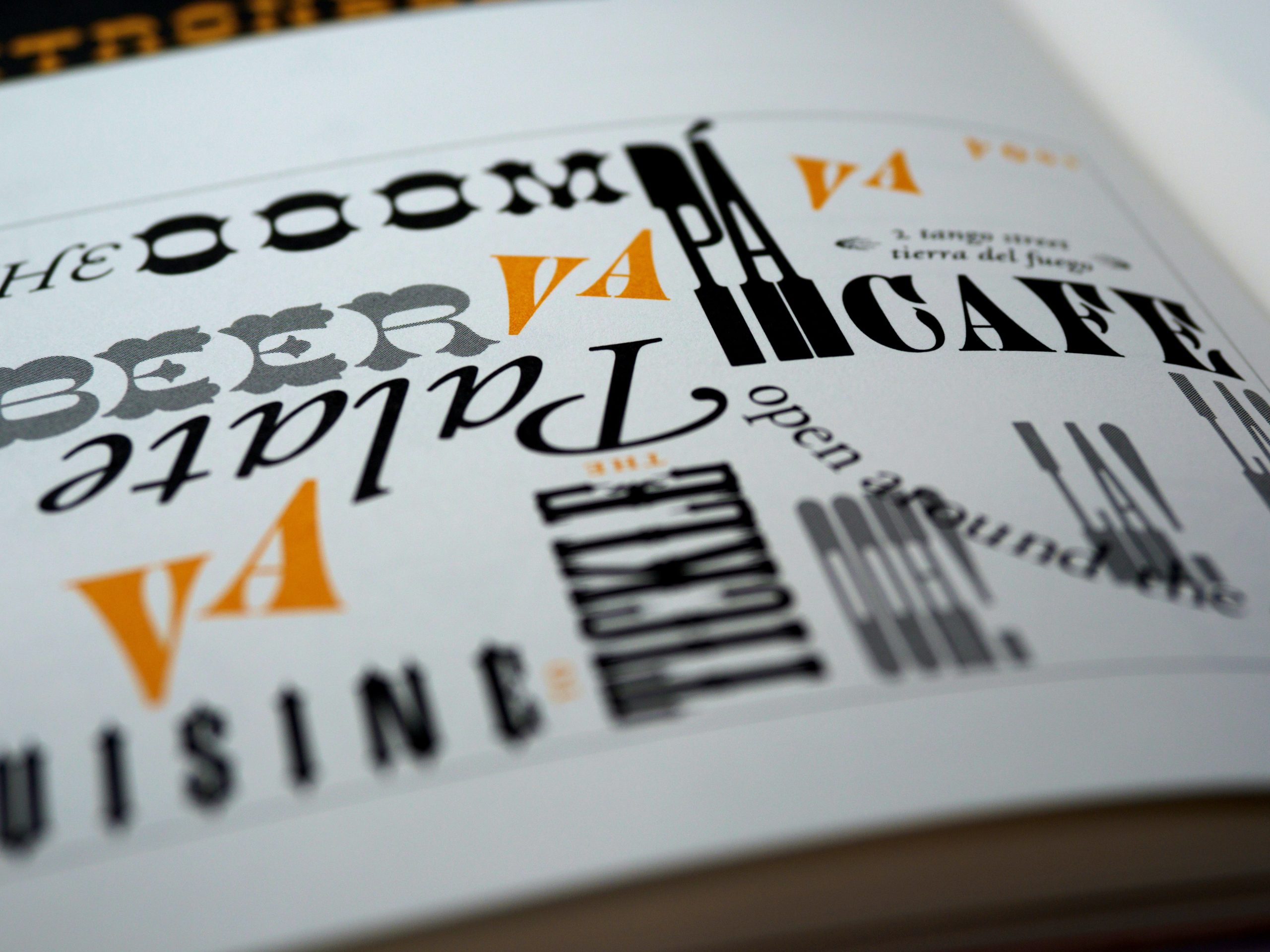Have you ever come across a piece of text that looks like it was handwritten, only to find out it was actually a font? The charm and individuality of handwriting can add a personal touch to any project, but finding the perfect handwritten-style font can be a daunting task. Whether you’re designing wedding invitations, creating a custom logo, or just want to give your project a more personal feel, discovering the right handwriting font is essential. With countless options available online, knowing how to navigate this vast sea of typefaces is crucial for finding the ideal handwritten font that suits your needs.
Understanding the characteristics of handwriting fonts
Understanding the characteristics of handwriting fonts can be a fascinating journey into the world of typographic design. Unlike traditional typefaces, handwriting fonts seek to emulate the nuances of human handiwork, capturing the spontaneity and imperfections that make each script unique. Features such as varying stroke thickness, irregular letterforms, and subtle flourishes contribute to a sense of authenticity and personality in handwriting fonts. These characteristics set them apart from more rigid typefaces and offer designers a versatile tool for evoking emotion and individuality in their projects.
It’s important to note that not all handwriting fonts are created equal. Each one has its own distinct personality and style, reflecting different writing tools, speeds, or cultural influences. Some may exude energy and dynamism with hastily scribbled lines, while others convey elegance and sophistication through carefully crafted cursive strokes. Understanding these diverse characteristics can help designers make more informed choices when selecting a handwriting font for their creative endeavors, ensuring that it resonates with the intended mood or message of their project.

Exploring online font libraries and resources
When it comes to finding a font that mimics the look of handwriting, online font libraries and resources can be a treasure trove of options. Websites like Google Fonts, Adobe Fonts, and DaFont offer a wide range of typefaces inspired by handwriting styles. These platforms not only provide access to free fonts but also allow users to preview and test the fonts before downloading, making it easier to find the perfect fit for any project.
In addition to popular font libraries, lesser-known resources such as Font Squirrel and FontSpace can be valuable sources for unique handwritten fonts. These websites often feature independent font designers and showcase a diverse collection of styles that might not be readily available on larger platforms. Exploring these niche resources can lead to discovering hidden gems that add a personal touch and authenticity to design projects. Overall, delving into online font libraries presents an exciting opportunity for designers to uncover distinctive handwritten typefaces that elevate their work with character and charm.
Utilizing specific search terms for handwritten fonts
When it comes to finding the perfect handwritten font, utilizing specific search terms can make all the difference. Instead of simply searching for handwritten fonts, try incorporating more specific descriptors such as cursive, calligraphy, or even attributes like casual or playful. By doing so, you’ll narrow down the vast array of options and hone in on the exact style you’re seeking, saving time and frustration in the process.
Additionally, consider incorporating thematic elements into your search terms. For example, if you’re looking for a handwritten font with a romantic feel, try including words like love, wedding, or romantic in your search. This approach can lead you to fonts that evoke the specific mood or tone you have in mind, adding an extra layer of nuance to your design projects.
Finally, don’t overlook the power of combining search terms. Pairing descriptors like modern or vintage with handwritten font styles can yield unexpected and unique results that may perfectly align with your vision. Embracing this strategic approach to search terms opens up a world of possibilities for finding the ideal handwritten font for any project.

Testing and comparing different handwriting fonts
When it comes to testing and comparing different handwriting fonts, the key lies in understanding the nuances of each style. A font that accurately captures the essence of natural handwriting should possess fluidity, variation in stroke thickness, and realistic irregularities. While some fonts may excel in emulating cursive script, others may focus on recreating a more casual, print-like style. By examining factors such as ligatures, lettering consistency, and overall legibility at various sizes, one can truly appreciate the craftsmanship behind each typeface.
In this quest for the perfect handwriting font, it’s essential to consider its versatility across different mediums. A font that looks impeccable on screen might lose its charm when printed or vice versa. Furthermore, testing these fonts with various word combinations and styles can shed light on their adaptability for creative projects or professional documents. Whether it’s for personal use or commercial purposes, finding a handwriting font that strikes a balance between individuality and readability is an exciting exploration into the world of typographic expression.
Incorporating handwritten fonts into design projects
Incorporating handwritten fonts into design projects can add a unique and personal touch to your work. Handwritten fonts have the ability to evoke feelings of authenticity, warmth, and creativity, making them particularly well-suited for branding, invitations, and artistic projects. By carefully selecting and utilizing handwritten fonts in your designs, you can create a sense of individuality that stands out in a world filled with digital uniformity.
When using handwritten fonts in design projects, it’s important to consider legibility and readability. While these fonts can bring a beautiful organic feel to your designs, they may not always be the most practical choice for large blocks of text or body copy. Instead, focus on using handwritten fonts strategically as display type or for short bursts of text to maximize their impact without sacrificing functionality. Additionally, pairing handwritten fonts with clean and minimalist design elements can create an eye-catching contrast that draws attention to the unique qualities of the font while maintaining overall readability. By thoughtfully integrating handwritten fonts into design projects with intentionality and purpose, you can elevate your work with a distinct charm that resonates with audiences on a deeper level.

Conclusion: The impact of authentic handwritten typefaces
In conclusion, the impact of authentic handwritten typefaces cannot be underestimated in the world of design. These typefaces bring a level of warmth, personality, and originality to a project that is often hard to replicate with digital fonts. The imperfections and unique characteristics of handwriting add a human touch to design work, creating a sense of connection and authenticity that resonates with audiences.
Furthermore, authentic handwritten typefaces enable designers to evoke specific emotions or themes within their work. Whether it’s the playful whimsy of a child’s scrawl or the elegant sophistication of calligraphy, these typefaces offer an incredibly versatile tool for communicating different moods and messages. They also provide an opportunity for self-expression and individuality, allowing designers to stand out in a crowded marketplace while establishing a memorable brand identity. In essence, the impact of authentic handwritten typefaces goes far beyond mere aesthetics – it is about storytelling, emotion, and creating truly meaningful connections through design.
